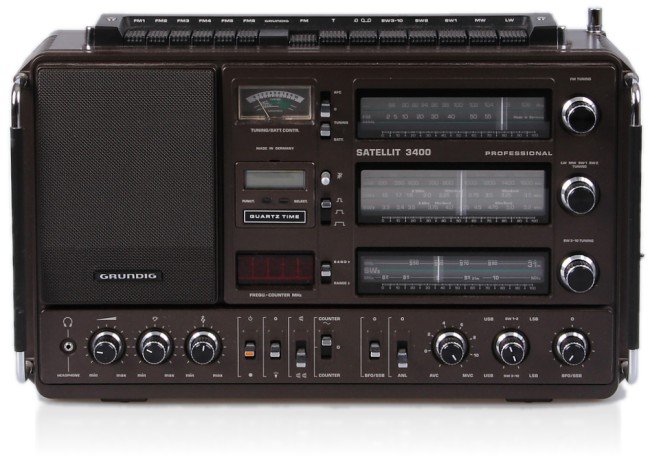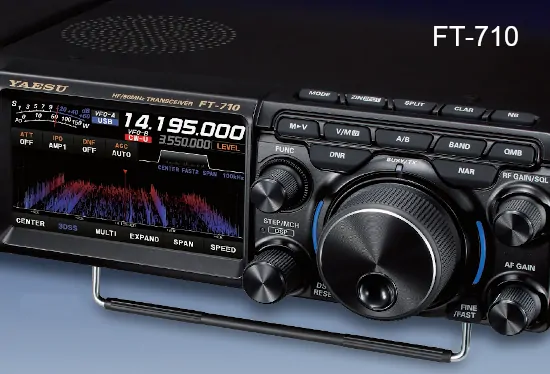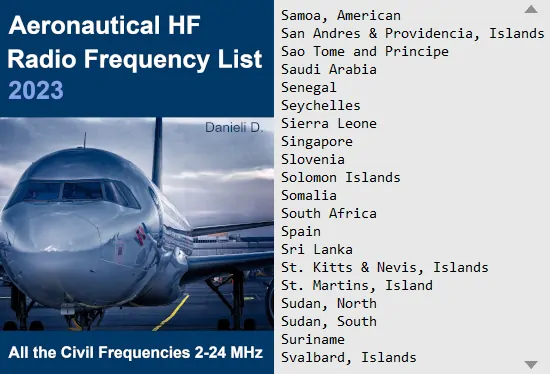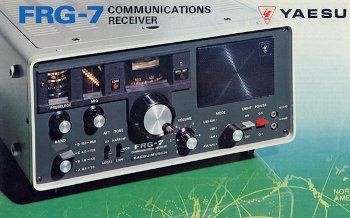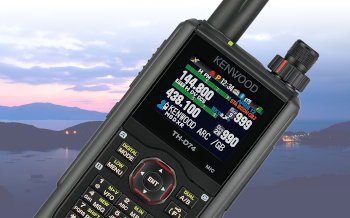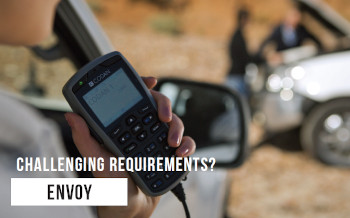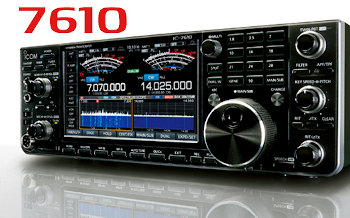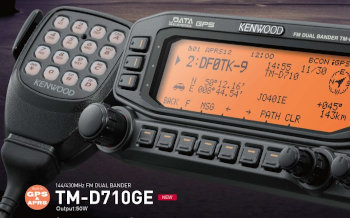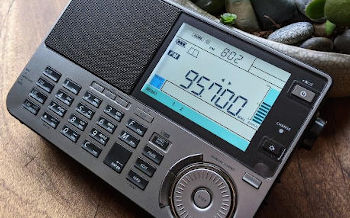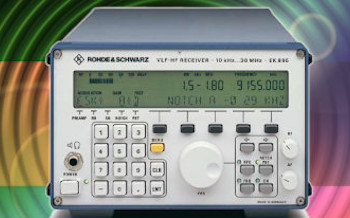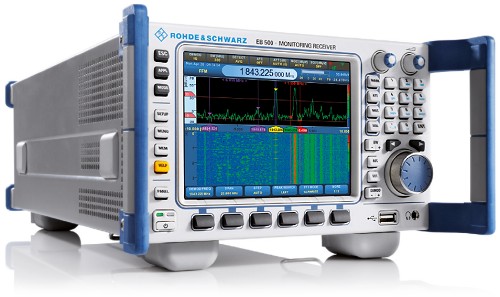
High performance wide-band desktop receiver. Digital configuration, frequency range 0.008-6000 MHz all-mode. Ideated in Germany.
Reference market : professional
EB500 specifications
| General |
| Frequency coverage | |
|---|---|
| 0.0080 ~ 3600.0000 MHz [1]
0.0080 ~ 6000.0000 MHz [2] 20.0000 ~ 3600.0000 MHz [3] 20.0000 ~ 6000.0000 MHz [4] |
|
| Mode | |
| CW / LSB / USB / ISB / AM / FM / WFM / PM | |
| Tuning step | |
| 1 Hz min |
| Receiver |
| Sensitivity | |
|---|---|
| CW [5] | 0.25 uV (0.4~3600 MHz, 12dB SINAD)
0.5 uV (3600~6000 MHz, 12dB SINAD) |
| SSB [6] | 0.5 uV (0.4~3600 MHz, 12dB SINAD)
1.0 uV (3600~6000 MHz, 12dB SINAD) |
| AM | 1.0 uV (0.4~3600 MHz, 12dB SINAD)
2.0 uV (3600~6000 MHz, 12dB SINAD) |
| FM [7] | 1.0 uV (0.4~3600 MHz, 20dB SINAD)
2.0 uV (3600~6000 MHz, 20dB SINAD) |
| Selectivity | |
| CW | 0.1~6.0 KHz (-3dB) |
| SSB / ISB | 0.1~6.0 KHz (-3dB) |
| AM / FM | 0.1~20000 KHz (-3dB) |
| PM | 0.1~20000.0 KHz (-3dB) |
| RF attenuator | |
| 0 / 5 / 10 / 15 / 20 / 25 dB (0.4~32 MHz)
5~40 dB (20~6000 MHz) |
|
| NF (Noise Figure) | |
| 20 dB (0.008~32 MHz, low distortion mode)
12 dB (0.4~30 MHz, normal mode) 16 dB (30~32 MHz, normal mode) 20 dB (20~3600 MHz, low distortion mode) 10 dB (20~3600 MHz, normal mode) 15 dB (3600~6000 MHz, normal mode) |
|
| IP2 (2nd order intercept point) | |
| +80 dBm (1~32 MHz, low distortion mode)
+70 dBm (1~32 MHz, normal mode) +50 dBm (20~6000 MHz, low distortion mode) +40 dBm (20~6000 MHz, normal mode) |
|
| IP3 (3rd order intercept point) | |
| +30 dBm (0.008~1 MHz, low distortion mode)
+20 dBm (0.008~1 MHz, normal mode) +35 dBm (1~32 MHz, low distortion mode) +28 dBm (1~32 MHz, normal mode) +19 dBm (20~650 MHz, low distortion mode) +10 dBm (20~650 MHz, normal mode) +14 dBm (650~6000 MHz, low distortion mode) +5 dBm (650~6000 MHz, normal mode) |
|
| Image rejection | |
| 90 dB typ (20~6000 MHz) | |
| IF rejection | |
| 80 dB min (20~6000 MHz) | |
| AGC (Automatic Gain Control) | |
| Fast, default, slow | |
| Frequency stability | |
| ± 1ppm max
± 0.01ppb with GPS unit [8] |
|
| Synthesizer settling time | |
| 0.9 ms | |
| Features |
| Memory | |
|---|---|
| 5000 regular memories | |
| Display | |
| 1 Hz frequency resolution | |
| Antenna | |
| N 50Ω (0.008 ~ 32 MHz)
N 50Ω (0.008 ~ 6000 MHz) |
|
| Power supply | |
| 10 ~ 32 VDC external, 12 V nominal | |
| Power consumption | |
| 40 W | |
| Audio output | |
| Jack 6.35 mm headphone | |
| I/Q output | |
| 1 MHz bandwidth | |
| Connections | |
| USB
LAN (1 Gbit, remote control, I/Q) BNC (NMEA time/frequency reference input) |
| Mechanical and environmental data |
| Operating temperature | |
|---|---|
| from 0°C to +50°C | |
| Dimensions | |
| 19'' Rack, W ½, 3 HU | |
| Weight | |
| 7.5Kg |
- With EB500-HF frequency range extension.
- With EB500-HF and EB500-FE frequency range extension.
- EB500 base unit.
- With EB500-FE frequency range extension.
- 600 Hz bandwidth.
- 2400 Hz bandwidth.
- 15 KHz bandwidth.
- With EB5-EGT optional external unit.
The Rohde & Schwarz EB500 is a monitoring receiver developed for both civil and governmental users with characteristics and performances that comply with ITU standards. The circuit configuration in the signal chain is of the digital type with direct sampling (16 bit ADC) for input frequencies up to 32 MHz, beyond this value a frequency conversion constitutes the front-end at the next digitization. Internally there may be the inclusion of optional modules to meet specific needs of use - those wishing to purchase the EB500 take into account that apparatuses with the same abbreviation may therefore differ in functionality. The basic model, for example, covers the 20 ~ 3600 MHz range which, through the HF-FE options, extends downwards from just 8 KHz and up to 6 GHz. This apparatus, as usual for the scope of use, can be controlled via the front panel or in remote via the LAN line.
The selectivity values are available in 34 settings from a minimum of 100 Hz to a maximum of 20 MHz. The selection range is linked to the active mode as shown in the following table:
| Mode / Selectivity | |
|---|---|
| CW, LSB, USB, ISB | 100 / 150 / 300 / 600 Hz 1 / 1.5 / 2.1 / 2.4 / 2.7 / 3.1 / 4 / 4.8 / 6 KHz |
| AM, FM, PM | 100 / 150 / 300 / 600 Hz 1 / 1.5 / 2.1 / 2.4 / 2.7 / 3.1 / 4 / 4.8 / 6 / 9 / 12 / 15 / 30 / 50 / 120 / 150 / 250 / 300 / 500 / 800 KHz 1 / 1.25 / 1.5 / 2 / 5 / 8 / 10 / 12.5 / 15 / 20 MHz |
As regards the form factor of the filters that determine the selectivity, the values are linked to the bandwidth as shown in the following table:
| Bandwidth / Form-factor | |
|---|---|
| 100Hz to 2MHz | 1:1.7 max 3/60 dB |
| 2 to 20MHz | 1:1.6 max 3/50 dB |
Many features in the R&S EB500. Real-time display of signals within an instantaneous 20 MHz bandwidth with FFT resolution automatic/adjustable from 0.625 Hz to 2 MHz for a frequency span from 1 KHz to 20 MHz. Display of the scan spectrum analyzer extended to entire tuning range for a wide signals typology. Color waterfall diagram (cascade spectrogram) to observe the progress of the signals in different dimensions according to time and frequency. Recording - playback of analyzes on USB flash-drive. Map with GPS position of the receiver and selection of the analyzes recorded according to the position for mobile applications. Spectrum of demodulated signals for the search for sub-carriers, specific analysis (squared spectrum) for the estimation of data speed (baud rate) for digitally modulated emissions. BFO adjustable within ±8 kHz. Automatic frequency control (AFC) function for each IF bandwidth. RF-Gain adjustable in 1 dB steps. Audio notch filter, band-pass audio filter, audio de-emphasis function for USA/Europe FM standards, adaptive noise reduction (DNR). 10 MHz master reference input.
EB500 other features :
Tuned and spectrum analyzer signals parallel processing on independent paths with freedom to define bandwidths and center frequency. Flow of demodulated data available in output in the in-phase and quadrature format (I&Q). Frequency scans on defined limits or between memories with speeds up to 500 channels per second. Possibility of having four independent receivers (EB500-DDC option) within the instantaneous bandwidth, each with different frequency, selectivity, mode, squelch level. Automatic tone search (EB500-SL option) across the bandwidth of the demodulated channel with support for DTMF, CCIR, CTCSS, ZVEI standards.
EB500 performance and practical notes :
The Rohde & Schwarz EB-500 offers a high sensitivity combined with remarkable dynamics, all with a view to calibrated and reliable performance. Given the real time acquisition interval in addition to the usual AM - FM - PM modes and narrowband derivatives, reception for analysis includes, for example, terrestrial digital TV and UMTS-LTE network communications up to 20 MHz wide channels. The apparatus therefore adapts itself to a multifaceted application.
EB500 review
Your opinion on merits, defects, experiences, with this radio set is welcome. Write your review, after a technical evaluation by our staff if found suitable will be published on this page. We thank you for your precious contribution.
